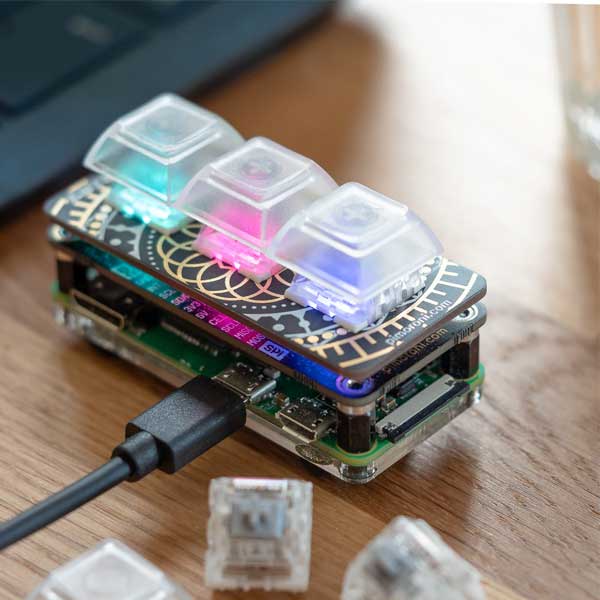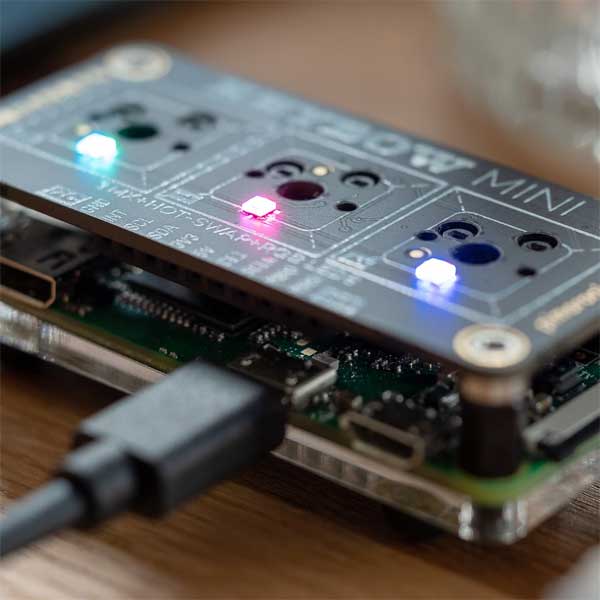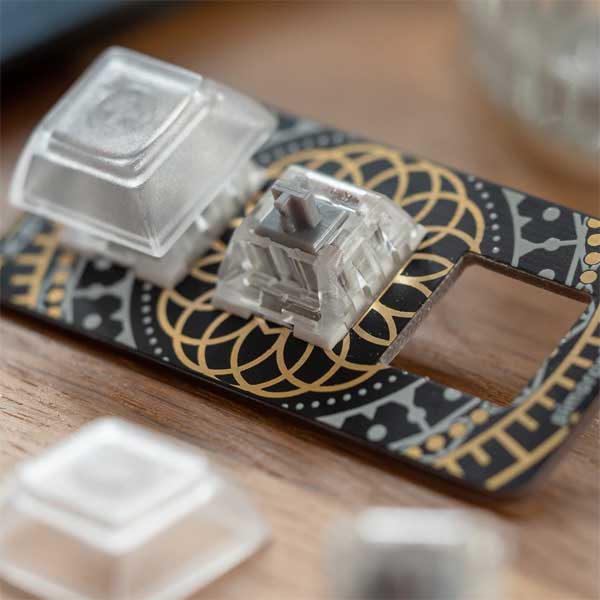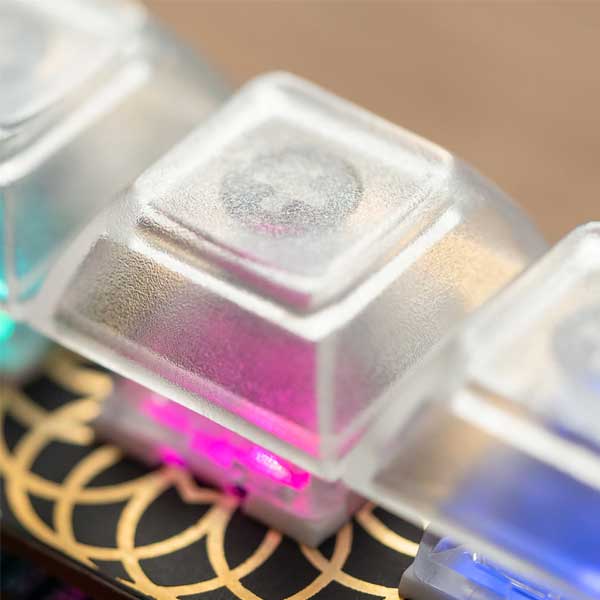
5184+ beoordelingen
Voor 16:00 besteld = dezelfde dag verzonden
14 dagen retour
NL
Particulier
Zakelijk
Keybow kit - 3 toetsen - lineair stil

Beschrijving Keybow kit - 3 toetsen - lineair stil
De Keybow Mini is een mechanische mini toetsenbord met 3 toetsen. De Keybow Mini beschikt over RGB-verlichte, hot-swap, mechanische schakelaars en duidelijke toetsdoppen. Het is de perfecte manier om een kleine macro-pad aan je bureau toe te voegen.
De kit bevat alles wat je nodig hebt (voeg alleen nog een Raspberry Pi Zero en Micro SD toe) om je eigen mini-macropad te bouwen. Het bevat lineaire (zilver) kailh Speed-schakelaars, en duidelijke DSA-profiel keycaps. Deze zien er fantastisch uit wanneer verlicht met de RGB verlichting. Dankzij de hot-swap Kailh aansluiting is solderen niet nodig!
Keybow kit - 3 toetsen - lineair stil
Op voorraad
€ 28,96
Voor 16:00 besteld = dezelfde dag verzonden
Gratis verzending vanaf €99,95
14 dagen gratis terugsturen
Zelfde dag ophalen bij ons in Leusden
SKU: PIM1022 Categorieën: Raspberry Pi Accessories , Pomeranian
Beschrijving Keybow kit - 3 toetsen - lineair stil
De Keybow Mini is een mechanische mini toetsenbord met 3 toetsen. De Keybow Mini beschikt over RGB-verlichte, hot-swap, mechanische schakelaars en duidelijke toetsdoppen. Het is de perfecte manier om een kleine macro-pad aan je bureau toe te voegen.
De kit bevat alles wat je nodig hebt (voeg alleen nog een Raspberry Pi Zero en Micro SD toe) om je eigen mini-macropad te bouwen. Het bevat lineaire (zilver) kailh Speed-schakelaars, en duidelijke DSA-profiel keycaps. Deze zien er fantastisch uit wanneer verlicht met de RGB verlichting. Dankzij de hot-swap Kailh aansluiting is solderen niet nodig!


